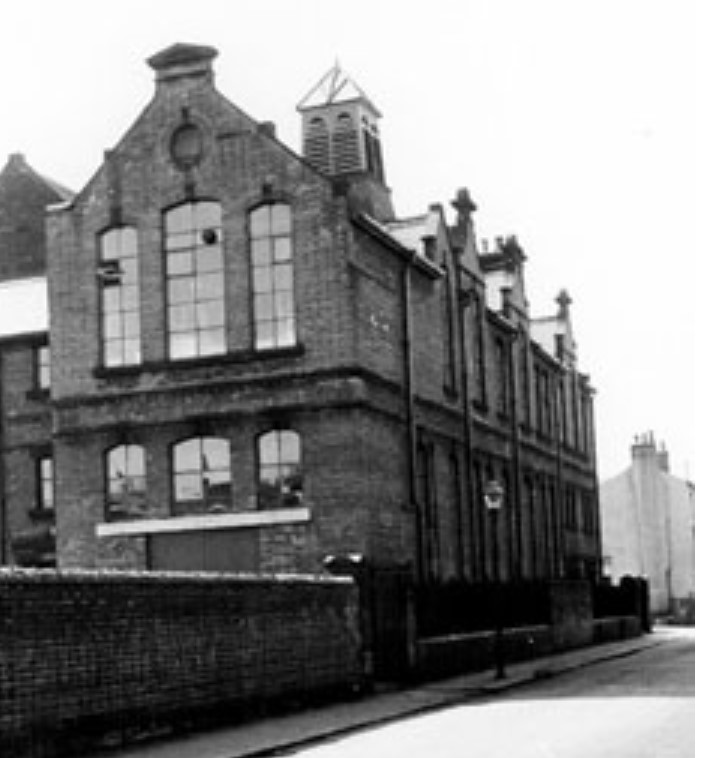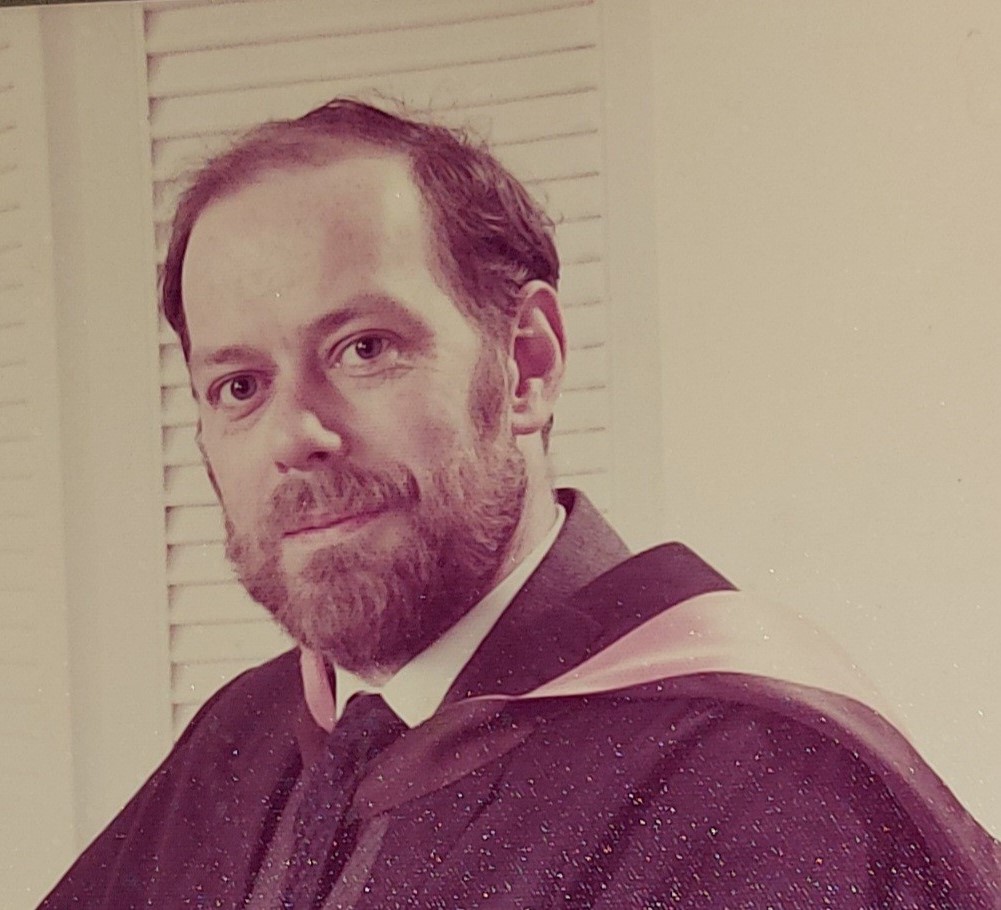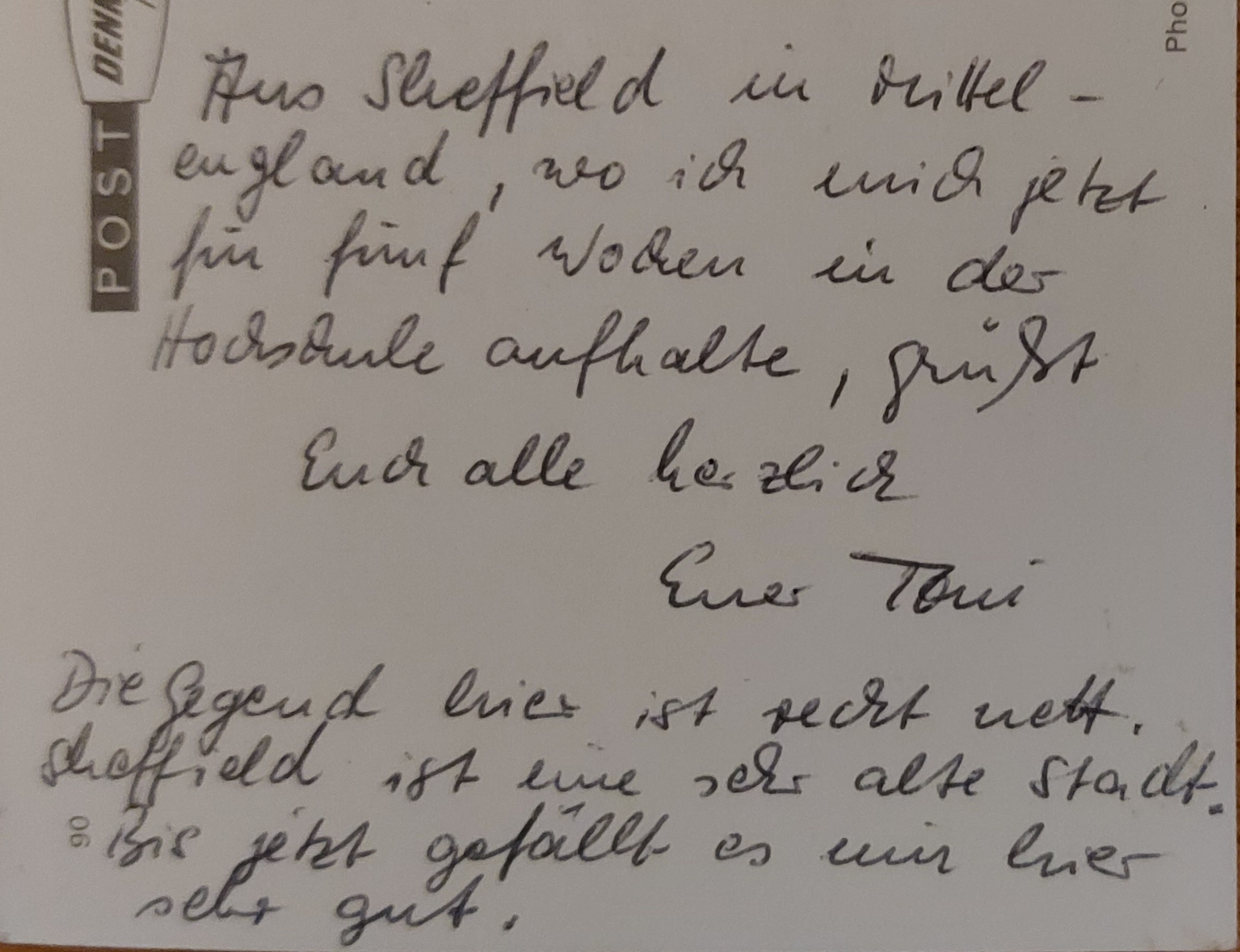Orreight me ol’!*
Back in 1843, Sheffield was one of the towns and cities which were chosen to host a government school of design – in this case, the Sheffield School of Design. This was an initiative to improve the quality of manufacturing, and government schools of design lie at the heart of several of today’s universities.
Initially working in rented rooms above the Glossop Road public baths (which, incidentally, is where I learned to swim) the renamed Sheffield School of Art moved to purpose built accommodation soon thereafter. The school quickly gained strength and a reputation – the university proudly notes that students of the Sheffield School of Art won four gold medals at the 1851 Great Exhibition, four more than any other art school.
Like other universities, teacher training forms part of its heritage. In the case of Sheffield Hallam, three different teacher training colleges: Sheffield City Training College, founded in 1905, whose Collegiate Crescent site formed a significant part of the university’s estate; the Totley-Thornbridge College of Education, aka Totley Hall College of Education, which specialised in domestic science; and the Lady Mabel College of Physical Education, which was housed in Wentworth Woodhouse and focused on training women PE teachers.
Lady Mabel College, which operated from 1949 to 1977, was named for Lady Mabel Smith, part of the Fitzwilliam family, which owned Wentworth Woodhouse. She was a radical and a socialist, a county-councillor, and twice in the 1930s a member of the Labour Party NEC. And, by all accounts, not welcome in the family home, where mention of her name was taboo.
A third strand was the Sheffield College of Technology, established in 1950, and with strong connections to the steel industry, for which Sheffield was and is world-famous. As can be seen in this picture from the Sheffield Archives, it was not a glamorous place, but the skills that students gained helped to rebuild the city and the country.

We now need to bring these parts together. In 1969 Sheffield Polytechnic was created, from the merger of the college of technology and the school of art. A city centre campus had been built through the 1960s, and the image on the card shows what was to become the hub of the new polytechnic (and in due course the university).
City Training College and Totley Hall joined the polytechnic in 1976, and it changed its name to Sheffield City Polytechnic. Lady Mabel College joined a year later.
It was also about this time that my late father Bernard joined the poly, initially as a lecturer on a combined humanities degree offered from Collegiate Crescent. I recall in 1975 when we were on a camping holiday that he was simultaneously (re)reading various philosophy classics by way of preparation. This is him at about this time – he’d just graduated with an MPhil (which was the target degree – back in those days it wasn’t only a PhD consolation prize…).

He later moved to the Sheffield Business School, which took over the Totley Hall premises from the teacher training college, and retired in the late 1990s.
In 1992 the poly became a university, and the question became what to call it. Sheffield, after all, already had one university. Hallam is the old name for Sheffield and environs, and was the most southerly part of the old English kingdom of Northumbria. It was also the local radio station; and the name of Hallam FC, the second oldest football club in the world, and which still plays at its original ground. Sheffield Hallam University, therefore, had a good provenance and a nice ring to it, and was duly chosen.
(I also understand that at the time there was talk of some corporate sponsorship from a local firm, and the notion of Sheffield Bassett’s University was floated. I don’t know if this is real or apocryphal, but the idea of Bertie Bassett providing inspiration for the chancellor’s robes and the university’s academic dress must surely be of interest to the Burgon Society.)
Quite apart from my father, Sheffield Hallam has some other notable people. Jarvis Cocker was a student in the art school and Nick Park, creator of Wallace and Gromit, is also an alumnus. David Blunkett studied at the polytechnic back in the day. Olympic gold medallist and national treasure Kelly Holmes, fashion designer Bruce Oldfield, and former FA technical director Howard Wilkinson are also alumni.
And also the fascinating Kate Dover, who trained at the School of Art. In 1882 she was convicted of poisoning with arsenic her landlord and fiancée, the much older man Thomas Skinner (he was 61, she was 27). Unusually for the time, her conviction was for manslaughter, not murder, and so she was not executed but was sentenced to life imprisonment, serving time until 1901.
The card itself, although posted, is hard to date. The image suggests the early 1970s. It was posted to a family in Germany.

My German isn’t up to a detailed translation, but it seems the sender was spending a few weeks at the polytechnic (Hochschule is the German equivalent), and that despite the image, Sheffield is in fact an old city.
* loosely translates as “How are you, pal”…












